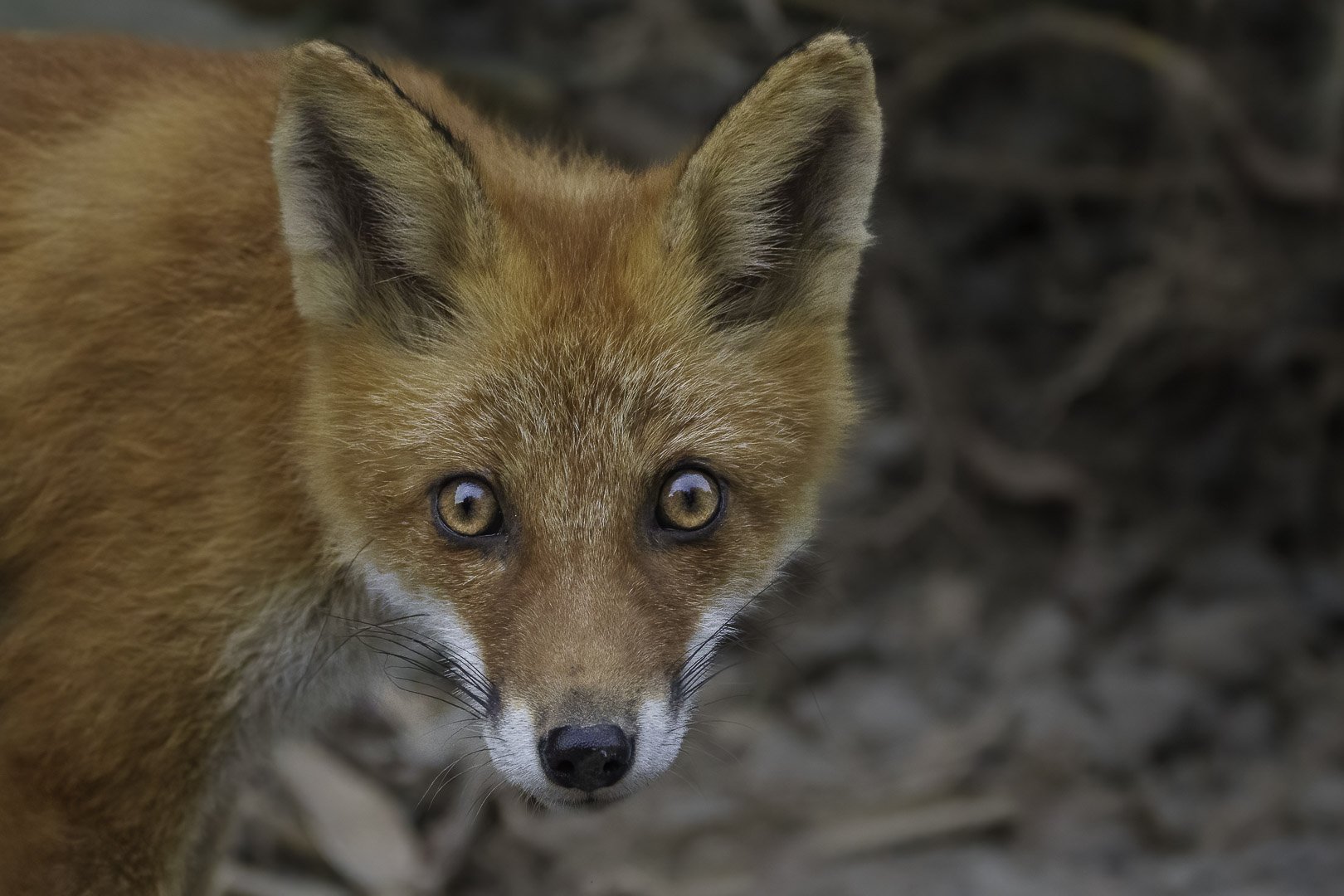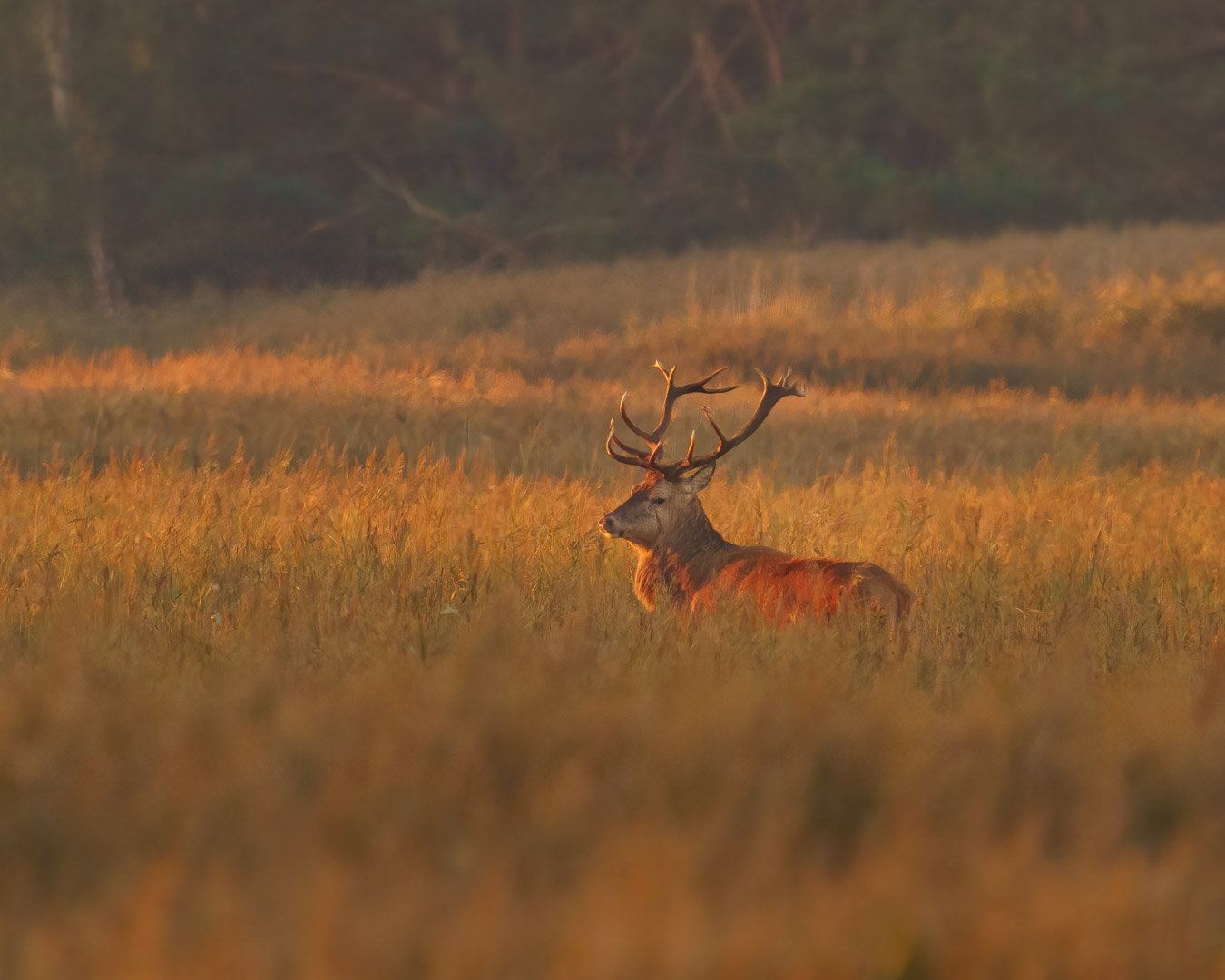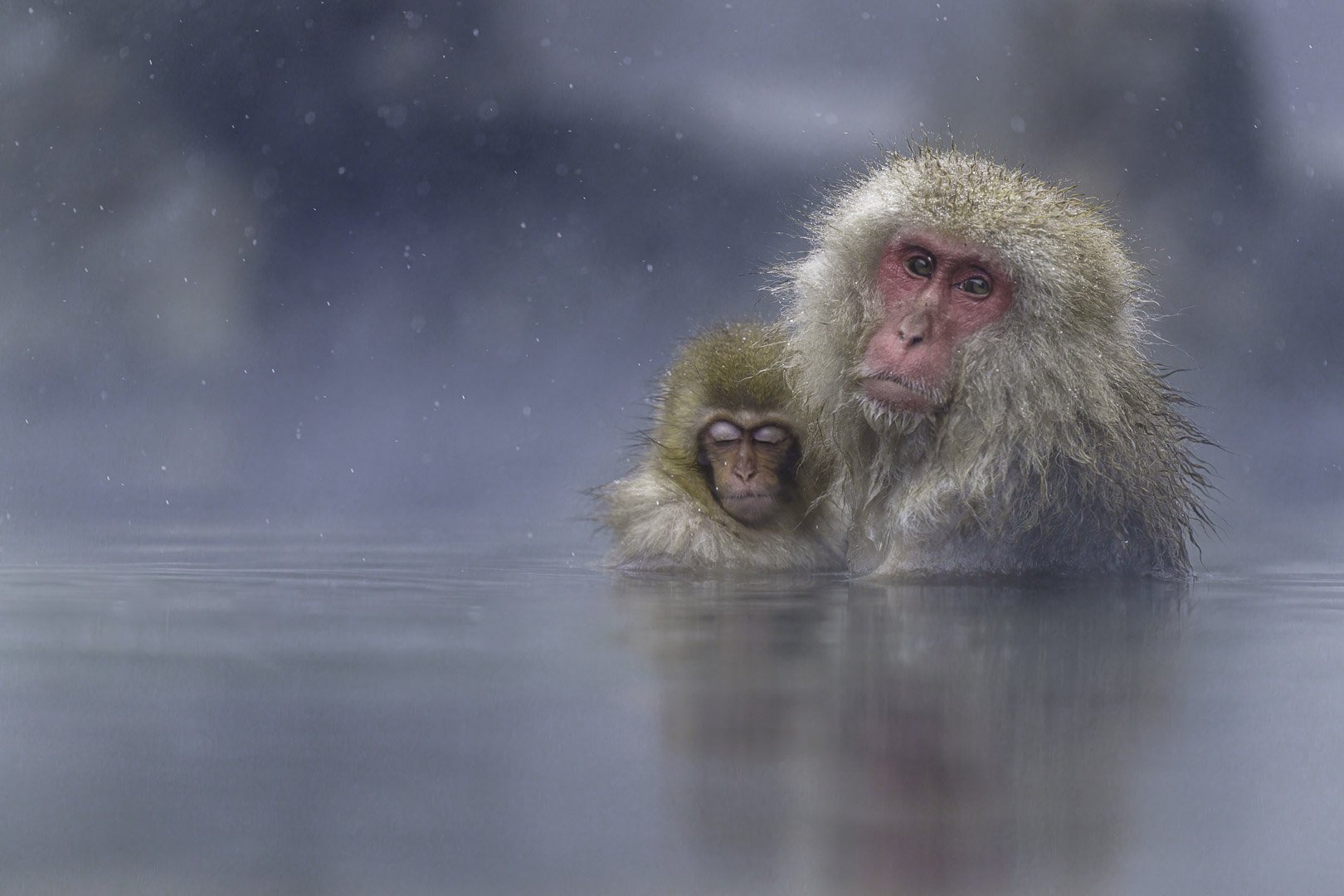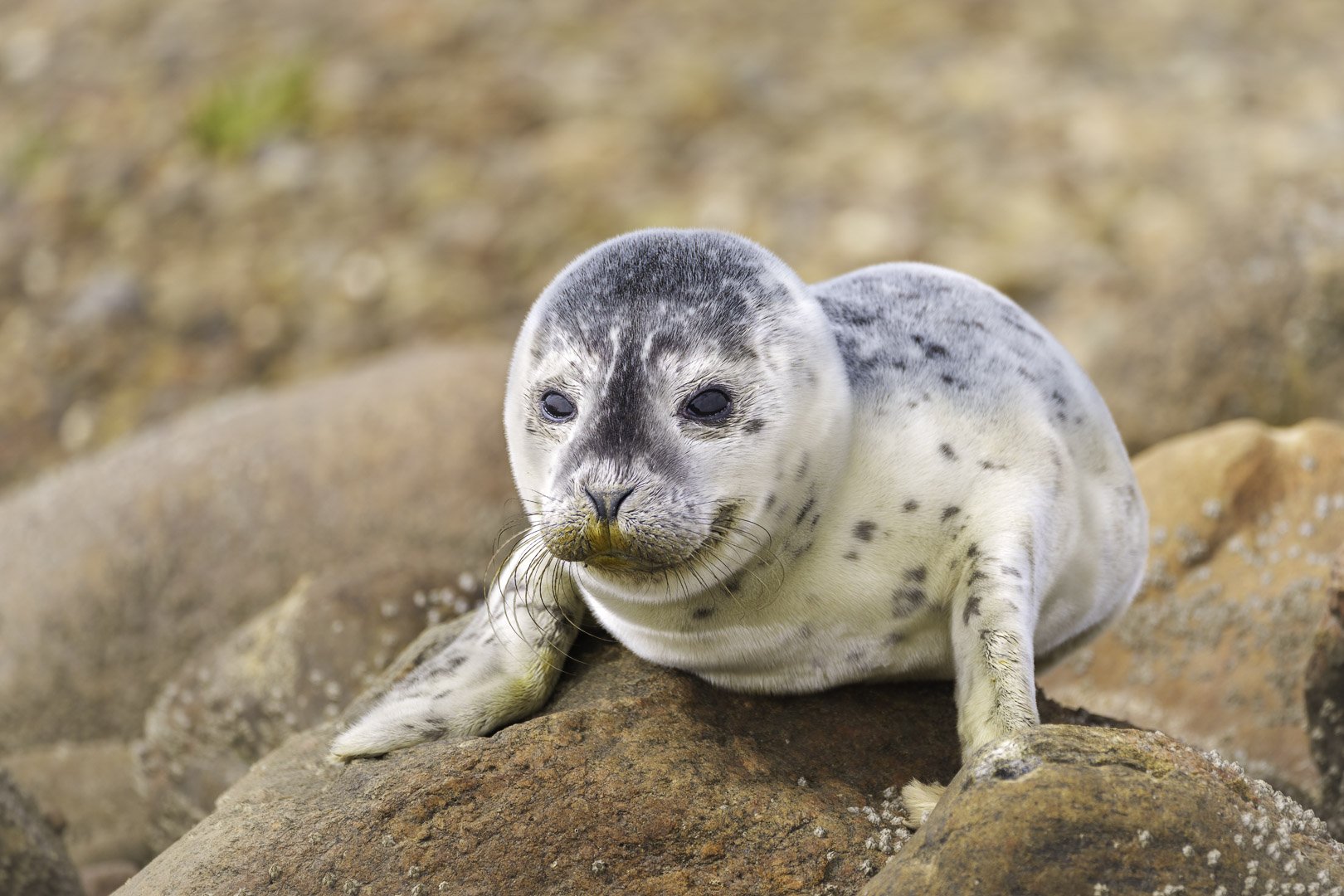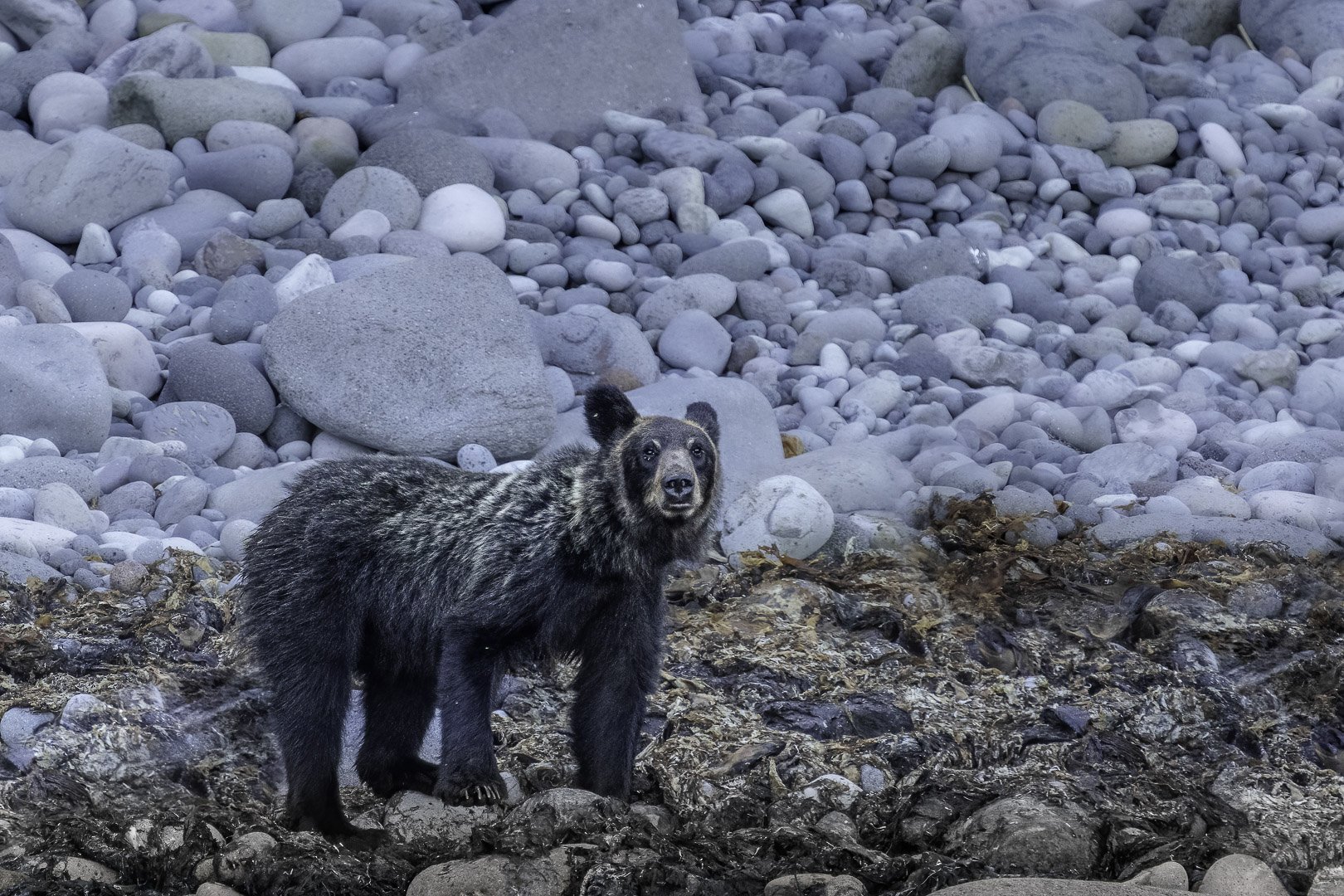Ezo brown bear / Ussuri brown bear (Ursus arctos lasiotus)
Ezo brown bear (Ursus arctos lasiotus) - Picture taken in Shiretoko National Park, Hokkaido, Japan.
Key Data
Size: 120 - 200 cm
Weight: 400 - 550 kg
Diet: Mammals, fish, berries, nuts, larvae, ants
Observation Tip: China, Korea, Russia, Japan - forests, coastal areas
Photography Tips
Lens: 400 mm and above
Difficulty: Hard
The Ussuri brown bear (Ursus arctos lasiotus), also known as the Ezo brown bear, Russian grizzly bear, or black grizzly bear, is a subspecies of the brown bear or a population of the Eurasian brown bear (U. a. arctos). A very large Ussuri brown bear can resemble a Kodiak bear in size. However, it should not be confused with the North American grizzly bear. The Ezo brown bear bears a close resemblance to the Kamchatka brown bear but has a longer skull, a less prominent forehead, slightly longer nasal bones, and less separated cheekbones. The fur is usually somewhat darker, and some individuals are entirely black. There used to be speculation that black Ussuri brown bears could be a cross between brown bears and Asian black bears, but this has since been disproven. Fully grown males have skulls on average 38.7 cm long and 23.5 cm wide. Occasionally, they can even exceed their Kamchatkan counterparts in size. The largest skull ever measured, dating back to Sergej Ognev in 1931, was only slightly smaller than that of the largest Kodiak bear ever recorded, the largest subspecies of brown bears.
Though the Ussuri brown bear primarily has a vegetarian diet, as a large predator, it is capable of killing any prey in its habitat. In Sikhote Alin, Ussuri brown bears primarily dig into slopes to build their dens. In rare cases, they also build their dens in rock outcrops.
In Sakhalin (Russia), brown bears in the spring feed on last year's blueberries, ants, and driftwood. Towards the end of the season, they focus on the shoots and rhizomes of tall grasses. In the southern part of the island, their diet consists mainly of edible driftwood, as well as insects and maple twigs. In spring in Sikhote Alin (Russia), they eat acorns, Manchurian walnuts, and pine nuts. In times of scarcity, they eat not only berries and nuts but also larvae, ants, and lily roots. In early summer, they peel the bark off white-stemmed fir trees to feed on the cambium and sap. They also eat berries from honeysuckle, yew, Amur grape, and buckthorn. In the south of Sakhalin, their summer diet consists of currants and rowan berries. In August, fish account for about 28% of their diet in the central part of the island.
In Hokkaido, brown bears feed on small and large mammals, fish, birds, and insects like ants. The recent increases in size and weight, reaching up to 400 kg or possibly 450 kg to 550 kg, are mainly attributed to the consumption of crops. In the Shiretoko Peninsula, especially in an area called "Banya," many females with their cubs often approach fishermen and spend time near humans. This unique behavior was first observed over half a century ago, and no injuries or accidents have been reported since. It is speculated that the females go to the fishermen with their cubs to avoid aggressive adult males.
The Ezo brown bear inhabits various areas, including the Ussuri region, Sakhalin, the Amur region, the Shantar Islands, the islands of Iturup and Kunashir in Siberia, northeastern China, the Korean Peninsula, and Hokkaido in Japan. During the last ice age, there may have been bears on Honshu, which were, however, wiped out due to competition with Asian black bears or the loss of their habitat due to climate change. There are several hypotheses about the crossing of the Blakiston Line by brown bears. There may be three genetic groups that have been distinct for at least 3 million years and reached Hokkaido at different times via Honshu. Alternatively, brown bears from Hokkaido may have reached Honshu. About 500 to 1,500 Ussuri brown bears live in Heilongjiang and are classified as a vulnerable population. Poaching and trapping are factors contributing to the decline in bear numbers, as their body parts have high economic value.
In Hokkaido, there are five regional subpopulations of Ezo brown bears, of which the western Ishikari subpopulation is listed as a vulnerable species in the Japanese Red List due to its small size and isolation. Between 90 and 152 brown bears live in the western Ishikari region and between 84 and 135 in the Teshio-Mashike Mountains. Habitat restriction due to human activities such as forestry and road construction, as well as excessive hunting, are factors influencing their population. According to the Biodiversity Department of the Hokkaido government, their population was estimated to be up to 10,600 animals in 2015. In Russia, the Ussuri brown bear is considered a game animal, but it is not hunted as extensively as the Eurasian brown bear.
In Korea, there are only a small number of Ussuri brown bears remaining in the north, where they are recognized as a natural monument. They are traditionally referred to as "Ku'n Gom" (big bear), while black bears are called "Gom" (bear). Due to poaching, Ussuri brown bears have been largely eradicated in South Korea. In North Korea, there are two main areas of brown bear population, the Ja Gang Province and the Ham Kyo'ng Mountains. In Hokkaido, in the first 57 years of the 20th century, 141 people were killed in bear attacks, and another 300 were injured. The worst bear attack in Japanese history occurred in December 1915 in Sankei in the Sankebetsu District, resulting in the deaths of seven people and injuries to three others. The perpetrator was a 380 kg, 2.7 m tall brown bear that had attacked the village of Tomamae twice and returned during the night following its first attack, during the vigil for the previous victims. This incident is frequently mentioned in modern Japanese bear attacks and has contributed to the perception of brown bears as man-eaters. Between 1962 and 2008, 86 attacks and 33 deaths by bears were reported in Hokkaido.


